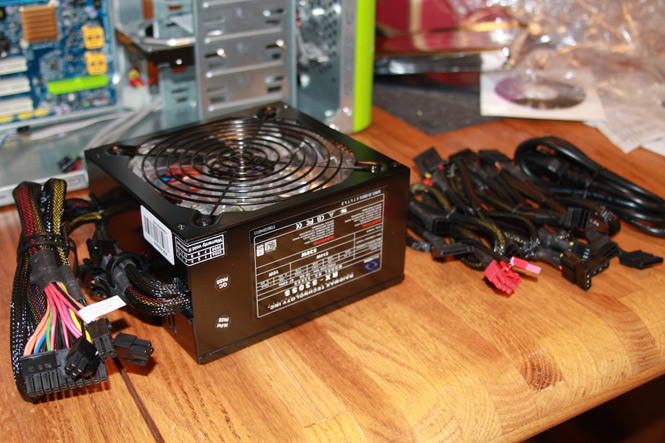 |
 |
 |
| |
Here I am showing you the way the connectors are supposed to be set up. You need to check these before trying to install the heat sink or you may never get one to snap in place properly.
The arrow head should not be close to the heat sink. Turning the arrow head towad the heat sink allows the pin to pop out of the motherboard.
To install the heat sink you get all the clips set onto their holes and then press down on the black piece. There is a plastic rod that is forced through the white piece and makes the little prongs expand and hold onto the motherboard.
You always want to push the cpu pins in place in an opposite corner fashion. For example, start on the top left, then the bottom right, then the top right and then the bottom left.
I find it easiest to get two pins in and then pick up the motherboard and push the remaining 2 in place with my thumb near the hole where the pin will pop through.
|
|
|
 |
 |
 |
|
 |
 |
 |
| |
RAM is another component you can’t mess up when installing unless you’re awesome!
One side of the ram is shorter/has fewer teeth than the other and there is a notched that is off-centered. Match this notch to the notch on the motherboards memory slots and you’re nearly home free.
|
|
|
 |
 |
 |
|
|
|
|
|
|
 |
 |
 |
| |

Back to hooking up the power supply wires.
The first connection I always make is the one wire that isn’t “modular” ever, that’s the motherboard power connection. This motherboard uses a 24 pin connection.
The power supply is set up for a 20+4 pin so it can be used for a 20 pin or 24 pin motherboard.
|
|
|
 |
 |
 |
 |
 |
 |
| |
Since there are so many steps to this tutorial i have broken it down into 3 seperate pages.
Continue on....
Page 1 Page 2 Page 3
|
|
|
 |
 |
 |
|
|